While acupuncture is a treatment that most people will recognize, even if they have never experienced it themselves, moxibustion therapy is less well-known. They are, however, both traditional Asian therapies underpinned by some similar principles, which often makes them ideal for the same clinic.
What is acupuncture?
Acupuncture is an ancient Chinese technique that involves inserting needles into the body to treat a variety of conditions. The needles are placed according to certain pressure points, where they are alleged to help the natural flow of qi, or energy, through the body’s meridians. Illness and pain are caused when these meridians are blocked and the qi cannot flow.
Modern research suggests that the positive benefits of acupuncture can be attributed to the stimulation of endorphins when the needles are inserted, which can relieve pain and improve your mood.
What is moxibustion therapy?
Related to acupuncture is moxibustion therapy, which also aims to improve the flow of qi through the body. In this case, a herb called mugwort, known as moxa, is used. The moxa is burned and placed on or near the body at similar points to those used for acupuncture. Warmth from the moxa should stimulate blood flow as well as qi, though the research into moxibustion’s effectiveness is less comprehensive than for acupuncture and more studies need to be done.
There are two main types of moxibustion. Direct is when a cone of moxa is placed directly on the body as it burns, until the skin begins to turn red. Many people prefer indirect moxibustion as there is less risk of damaging the skin. This is when the burning moxa is held slightly above your meridian points, just by a few inches, without making physical contact. Moxibustion is particularly known for its use in correcting breech births.
How can they be used together?
There are many similarities between acupuncture and moxibustion, particularly in how they are both applied to the same points on the body in an attempt to help your energy flow more healthily. In many cases, the same schools that teach acupuncture techniques also teach moxibustion, and practitioners may qualify in both at the same time. It therefore makes sense that they would offer both of these services in the same clinic.
In some cases, there is also overlap between the equipment used for acupuncture and moxibustion. In indirect moxibustion, when moxa cannot be applied directly to the skin, sometimes acupuncture needles are used. The needle will be inserted in the same place that it would in acupuncture, but then the burning moxa is attached to the other end. It has a warming effect without any risk of scarring, and when it is finished, the needle can be removed again.
With so much overlap between acupuncture and moxibustion, it is no wonder they are often offered at the same clinics and by the same practitioners. In many cases, they may be treated as complementary therapies, with patients using both to manage and improve their condition. In others, there may be situations where one therapy is more appropriate than the other for specific symptoms, so the choice needs to be available.


